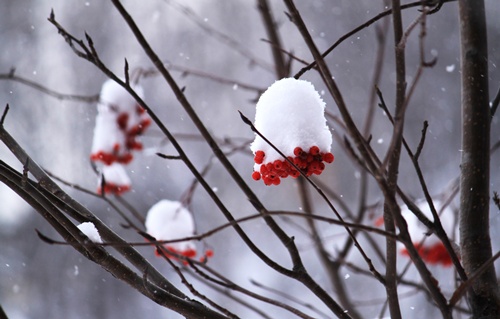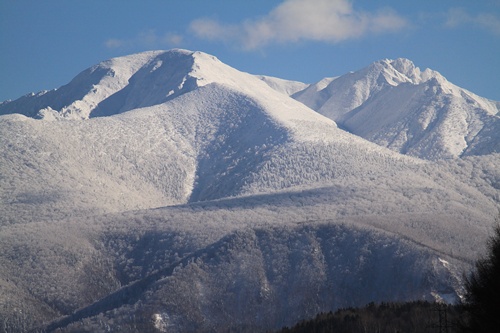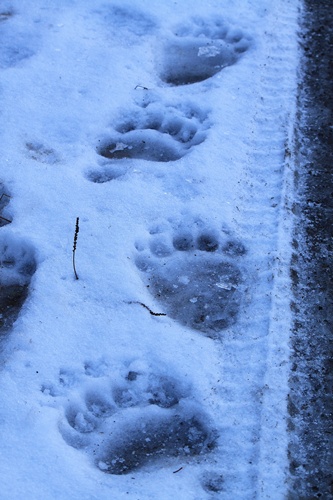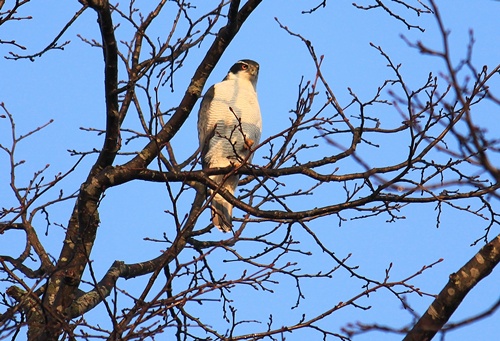Cold days continue at Sounkyo…
The temperature outside the center was -6°C this morning. It is currently -4°C. However, there is no wind, which makes the cold a little easier to bear.
This morning, needle ice formed, seemingly spurred by the cold.
In sharp contrast to last year, the November snowfall in Sounkyo was extremely small.
Total snowfall totaled 68 cm and the accumulated snow depth was 29 cm. These figures are only half of their annual averages. Indeed, they are only about half of last year’s figures, which showed total snowfall of 137 cm and the accumulated depth of 50 cm.
According to statistics of the Japan Meteorological Agency, this year has had the sixth smallest snowfall since 1984.
Although simple comparison here is impossible, it is worth mentioning that 155 cm of snow has accumulated at Mt. Kurodake’s 7th Station, which is low compared to last year’s measurement of 220 cm in the high mountains.
However, as is well known, this is a heavy snow area.
Although it is very unlikely that this trend will continue, if we look at November data only, we might have to think of Sounkyo as a “light snow” area.
It is still not quite time to bring out the snowshoes…
Photo: Needle ice at Sounkyo Dec. 3
The temperature outside the center was -6°C this morning. It is currently -4°C. However, there is no wind, which makes the cold a little easier to bear.
This morning, needle ice formed, seemingly spurred by the cold.
In sharp contrast to last year, the November snowfall in Sounkyo was extremely small.
Total snowfall totaled 68 cm and the accumulated snow depth was 29 cm. These figures are only half of their annual averages. Indeed, they are only about half of last year’s figures, which showed total snowfall of 137 cm and the accumulated depth of 50 cm.
According to statistics of the Japan Meteorological Agency, this year has had the sixth smallest snowfall since 1984.
Although simple comparison here is impossible, it is worth mentioning that 155 cm of snow has accumulated at Mt. Kurodake’s 7th Station, which is low compared to last year’s measurement of 220 cm in the high mountains.
However, as is well known, this is a heavy snow area.
Although it is very unlikely that this trend will continue, if we look at November data only, we might have to think of Sounkyo as a “light snow” area.
It is still not quite time to bring out the snowshoes…
Photo: Needle ice at Sounkyo Dec. 3



